10 hottest cars, motorbikes and fold-up scooter thingies from CES 2017!
Friendly cars, intelligent ultra-minis you can send out to make money for you, self-righting bikes and a floating dashboard that farts in your face

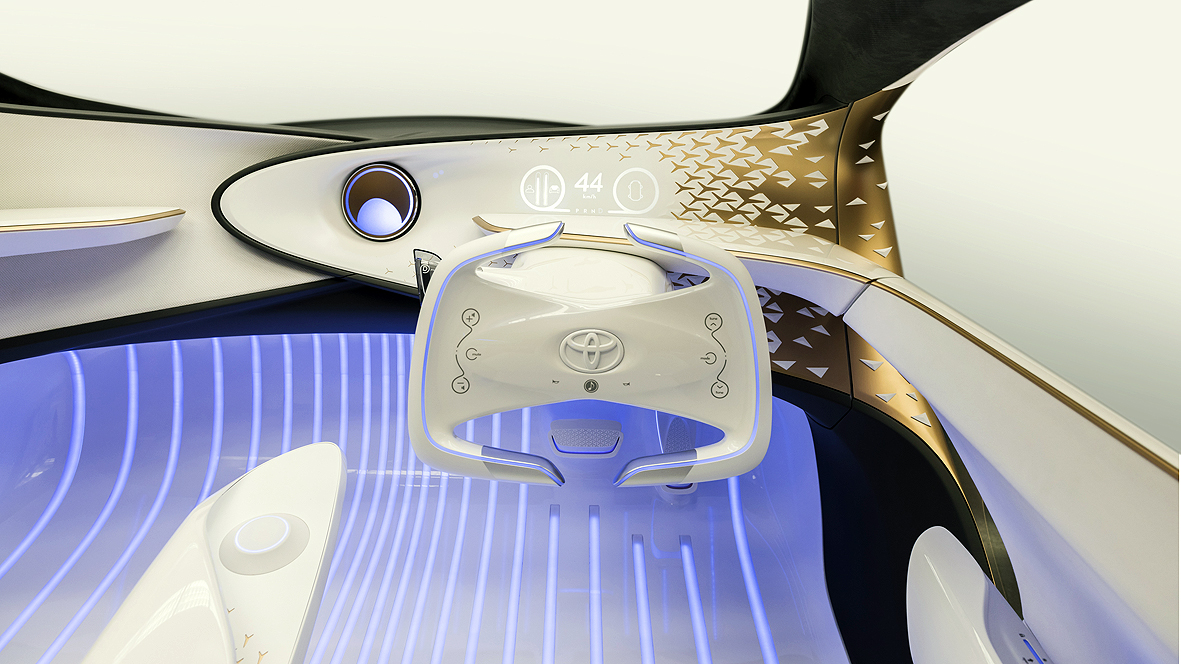
As Renault and Nissan's CEO Carlos Gohsn observed, the Consumer Electronic Show is becoming 'more like a motor show' with every passing year.
Continuing the theme, traditional motor shows are rapidly becoming more like tech reveals.
This year, almost an entire hall of the Las Vegas Convention Centre was dedicated to shiny concepts, futuristic infotainment systems and some truly mouth-watering, future-gazing designs.
We've collated the best vehicles and in-car tech of the show and ranked them in order of awesomeness. Although even the 10th most awesome thing – a self-balancing motorbike – is still pretty damn impressive, so don't be bailing out before the end.
Faraday Future FF91
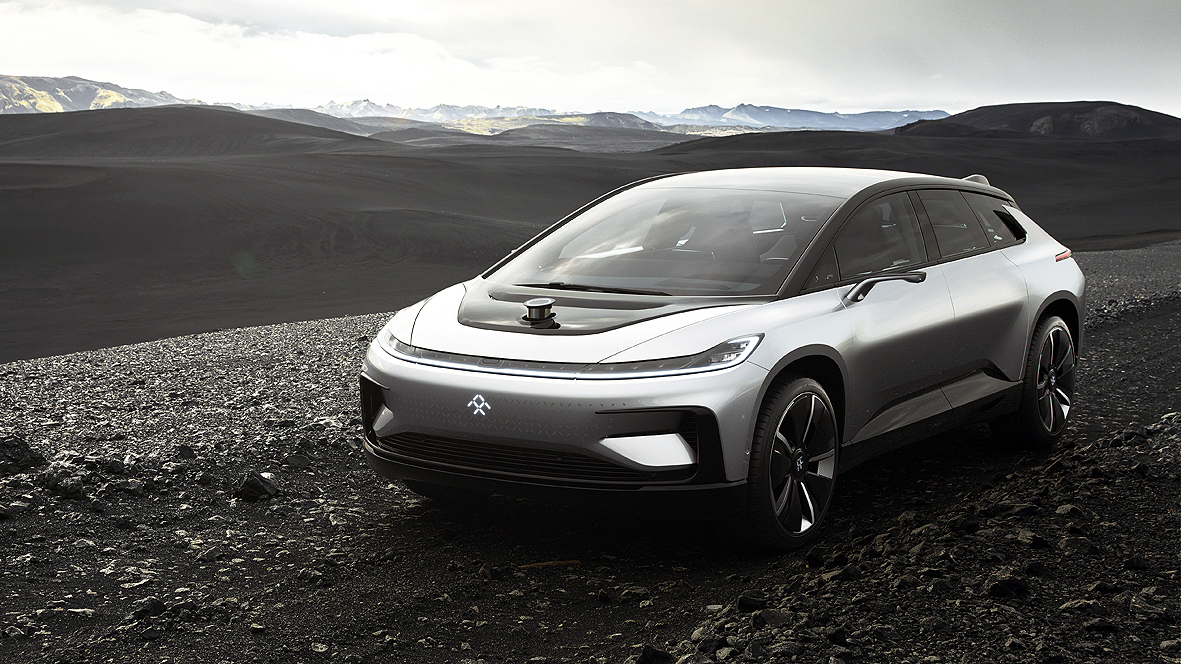
Faraday's stand was one of the busiest on the show floor and for good reason: the Californian start-up delivered on last year's promise of a fully fledged, all-electric production car to rival the sleek machines offered by Tesla.
Well, it brought a prototype along, anyway.
The FF91 actually exceeded expectations with the news that its powerful electric motors would deliver a combined power figure of over 1,050bhp, helping it accelerate from 0-60mph in 2.39 seconds.
Get all the latest news, reviews, deals and buying guides on gorgeous tech, home and active products from the T3 experts
Perhaps of more practical use, Faraday is also claiming a 378-mile range.

Not content with claiming to have made the fastest accelerating and longest-ranged electric car on the planet, Faraday also revealed that its 91 will feature a tonne of cool technology. This includes a camera in the B-pillar for facial recognition and iris detection for security.
Inside, there's a fold-away screen for rear passengers and all of the autonomous kit (LiDAR., sensors and cameras), so it can drive itself when laws allow.
Faraday is currently taking fully refundable $5,000 reservations from keen customers but production won't start until some time in 2018.
For all we know, we may never see a finished product but if anything, that just makes the FF even more exciting.
Honda NeuV
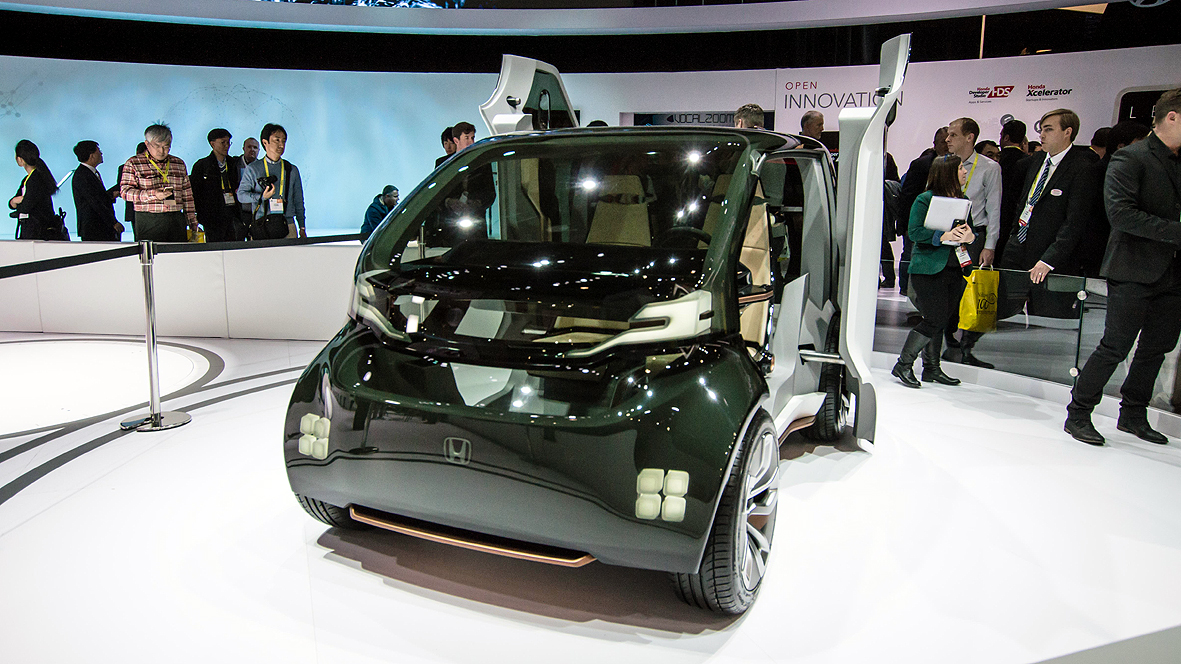
Distinctly Jonny-Cab-from-Total-Recall-esque, the autonomous Honda NeuV becomes a driverless taxi when not in use, so you can send it out to make cash when you don't need it, which would sound a little callous if NeuV were a person.
Honda's squat little super mini constantly monitors energy pricing from the grid and only charges itself up when the prices are low, so as not to incur the wrath of you, its car pimp.
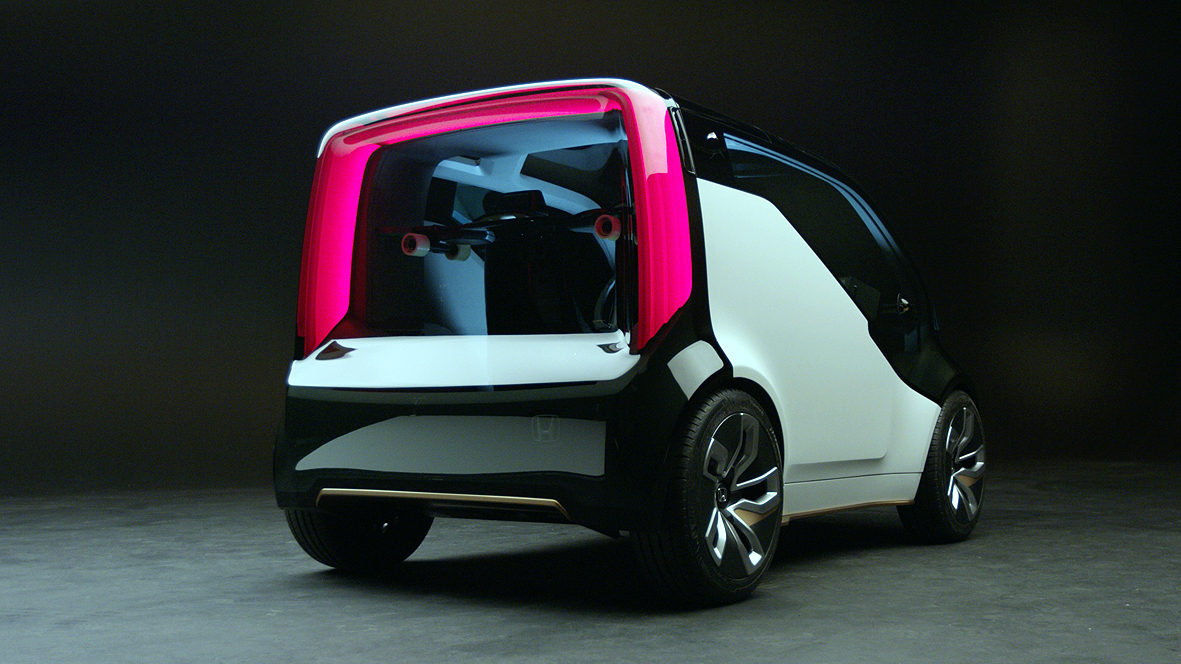
Should your final destination be a little further than the nearest charging point, there's also an electric skateboard thing in the boot. This also means you can complete the last stretch of your journey with a little more dignity.
This was the only concept on display that catered for the car sharing community, which is a little surprising.
Chrysler Portal
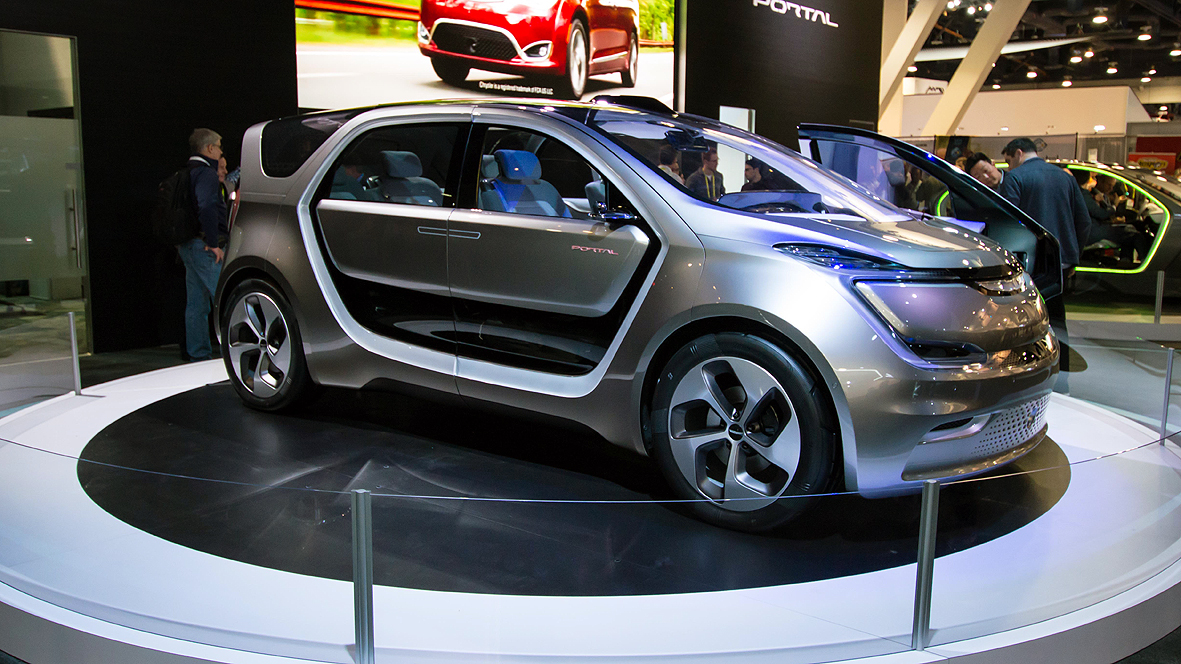
Designed to sex up the people carrier for millennials, Chrysler's Portal concept packs a full house of tech treats to get today's modern young folk all pumped up.
That includes autonomous driving capabilities, docks for charging smartphones, screens for all occupants, facial recognition so the car can select the right personal profile for each passenger, and a safe space, in case of micro-aggressions.
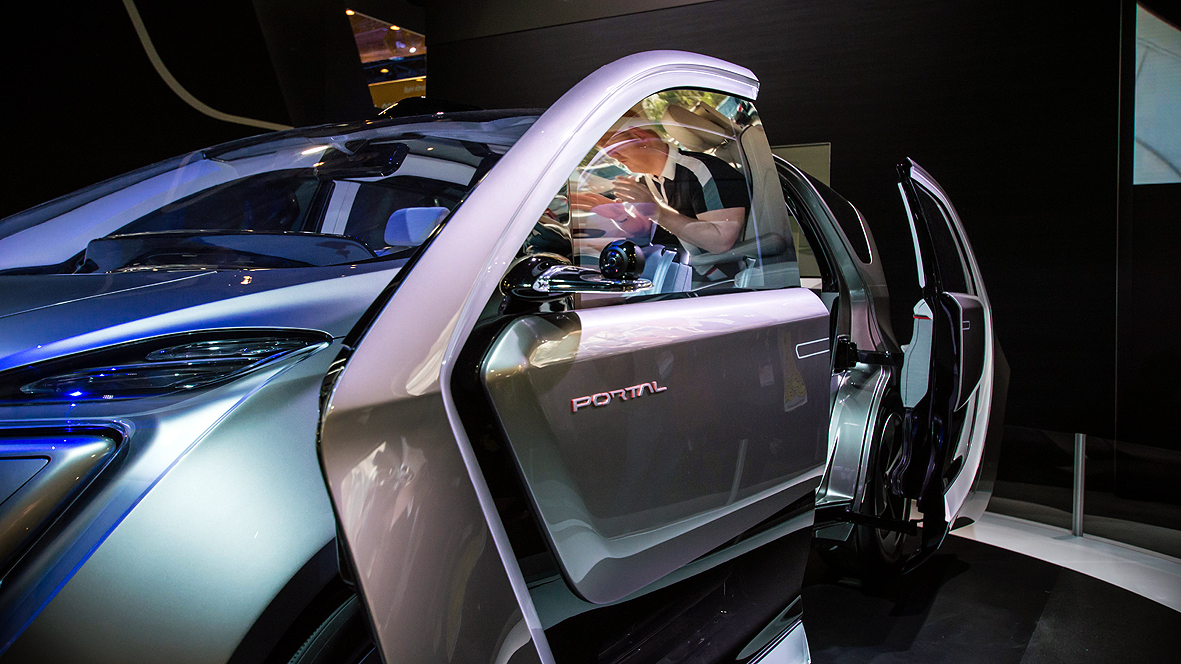
Also, just check how on fleek the doors are, my guy!
BMW HoloActive

The general consensus amongst the automotive industry is that traditional interior buttons and dials are over, done, fuhgeddaboutit.
As a logical conclusion of that thought process, BMW is toying with the idea of fitting its future cars with a free-floating virtual display that hovers above the centre console. Well, obviously.
HoloActive requires no physical touch to operate. Instead, the menus are navigated via ultrasonic sensors and cameras that pick up hand gestures and eye movements.
Better yet, there's haptic feedback, in the form of short blasts of air, giving you a sense of physically interacting with the system, or that your car keeps farting in your face.
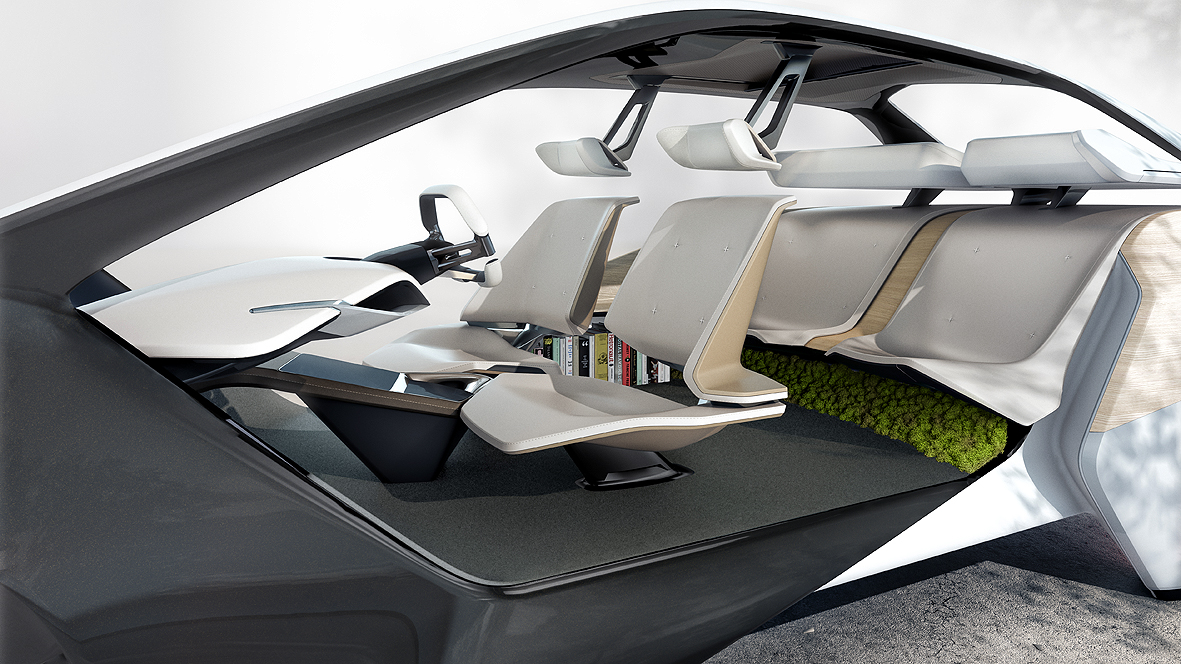
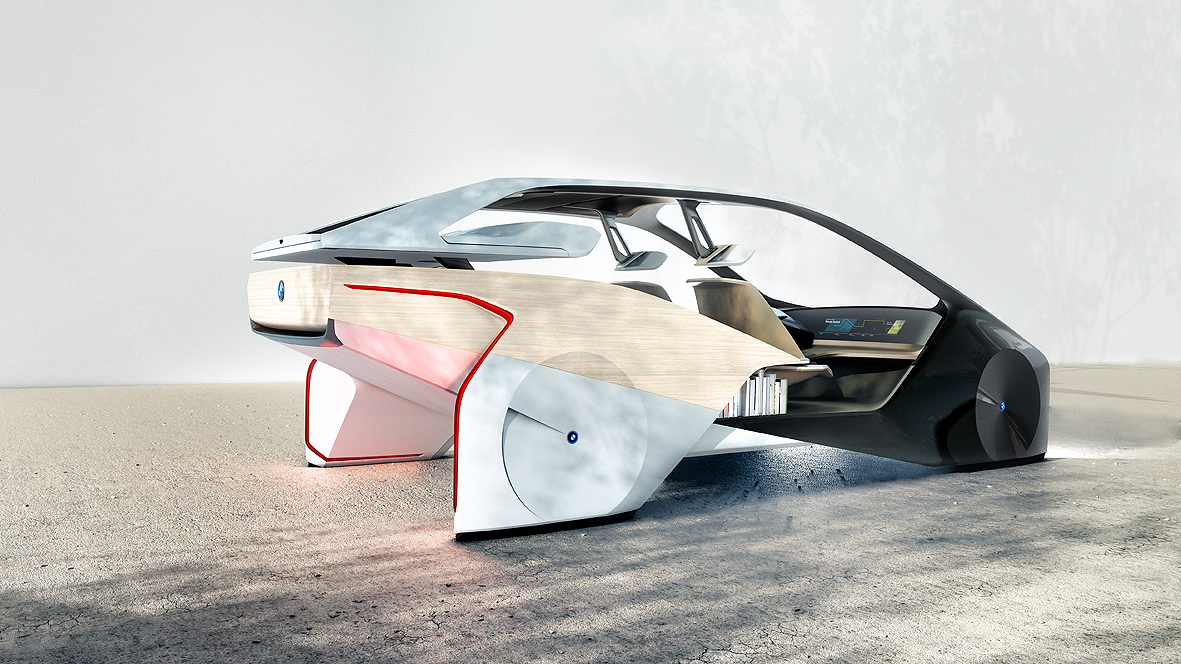
The type of Bimmer that HoloActive will appear in will look like this, because of course it will. Judging by these renders, further features will include a bookshelf and a small shrubbery under the back seats. Ya-huh.
Toyota Concept-i

Part-car, part cute and cuddly Plastic Pal Who's Fun to be With, Toyota's Concept-i demonstrated a deep learning interface.
This transforms the humble automobile into an intelligent assistant, able to greet you over-enthusiastically as you approach.
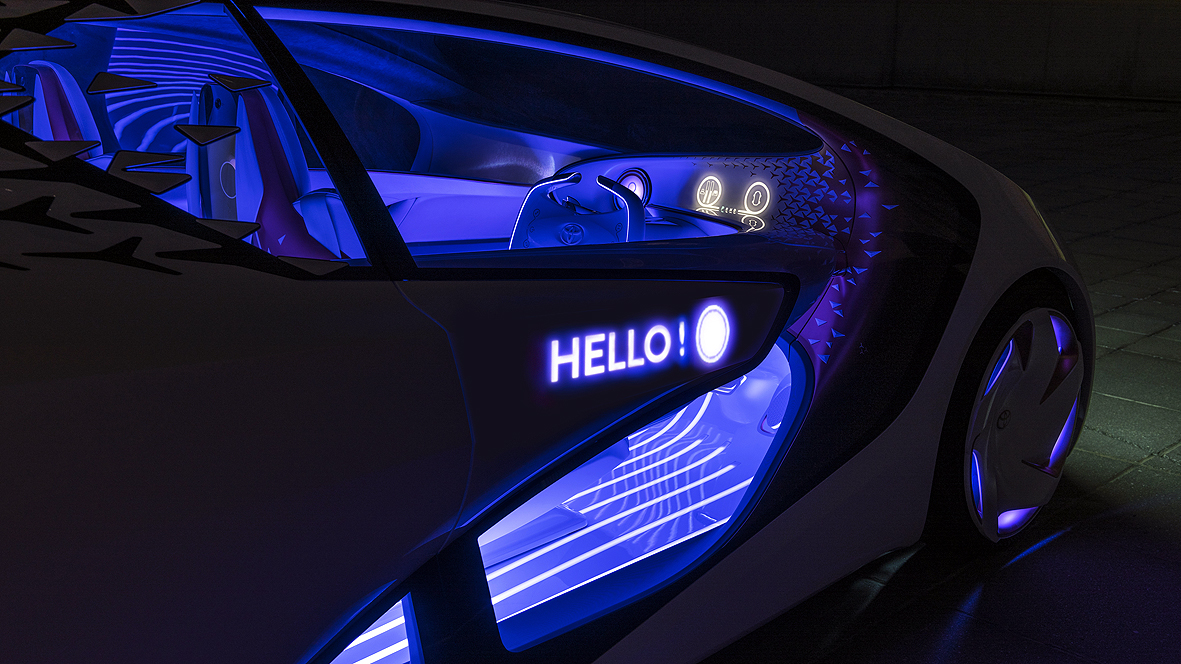
Naturally fully autonomous, Concept-i listens, Alexa style, and learns what its occupants like, from preferred driving style to music to routes.
Toyota says this will help ensure customers still form an emotional bond with their cars when all the actual driving stuff is handed over to their onboard computers and sensors.
VW Virtual Cockpit

Similar to BMW's HoloActive concept, VW's Virtual Cockpit sees its next generation of infotainment systems cleverly operated via gesture control, rather than physical touch.
The German marque also announced that it will soon integrate Amazon's Alexa virtual assistant into its vehicles, allowing users to ask the clever plastic tube questions like, "how much fuel is in the car?" or "did I remember to lock the Golf" from the comfort of their sofas, and to control music and, er, shopping lists when in the car.
Hyundai Ioniq Scooter

Hyundai's natty electric scooter, like the longboard in the back of the Honda NeuV, is for "first and last mile mobility". The idea being that you park somewhere convenient, then reach your final destination on a more easily storable means of transport.
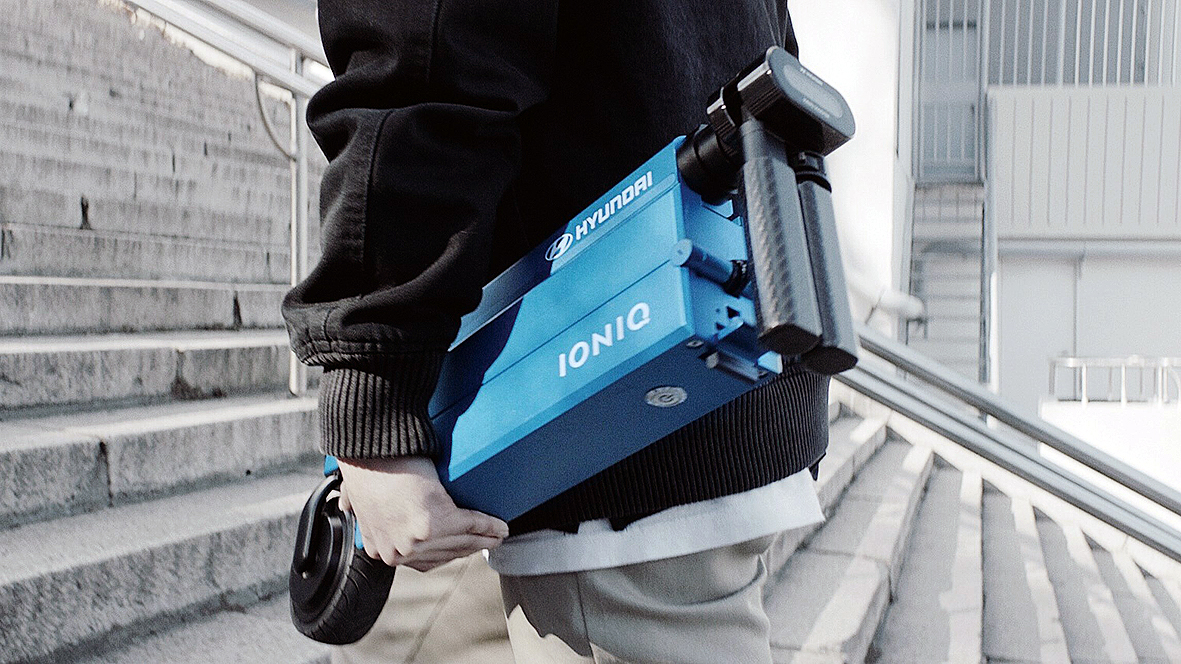
The scooter folds down to be carried and stored, and charges in a special cubbyhole in the front door of the firm's electric Ioniq.
A digital display keeps you abreast of your speed, battery levels and remaining range.
Nissan SAM

Maarten Sierhuis, Nissan's autonomous driving chief, claims that driverless cars will never be able to fully cope with everything life on the road can throw at them.
That's why his team - in collaboration with NASA - has created SAM.
Seamless Autonomous Mobility sees Artificial Intelligence team up with human input to overcome obstacles that could see driverless cars come unstuck in the near future.
In short, if an autonomous vehicle spots a hazard, it sends a plaintive shriek of data to a nerve centre, where a human decides the best course of action, including remotely re-routing the car.
As a result, we may see highly autonomous machines on our roads even sooner than we thought.
Cortana for cars
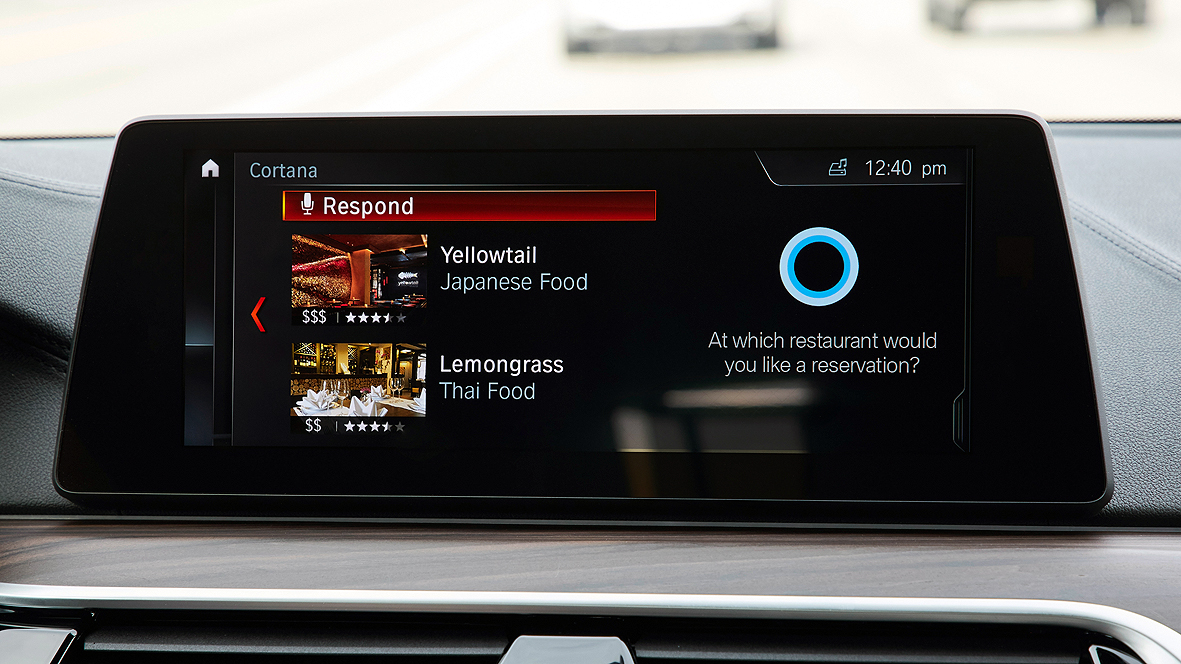
Nissan and BMW both announced they'll be putting Microsoft's Cortana virtual assistant into vehicles, with the former expressing working directly with the tech giant on its Connected Vehicle Platform, which also includes Azure and Office 365.
Nissan demonstrated how natural language could be used to check a work schedule and re-route after a cancelled meeting, while the perky assistant suggested playlists and even reminded its driver that the car was due a service.
Honda Riding Assist Motorcycle
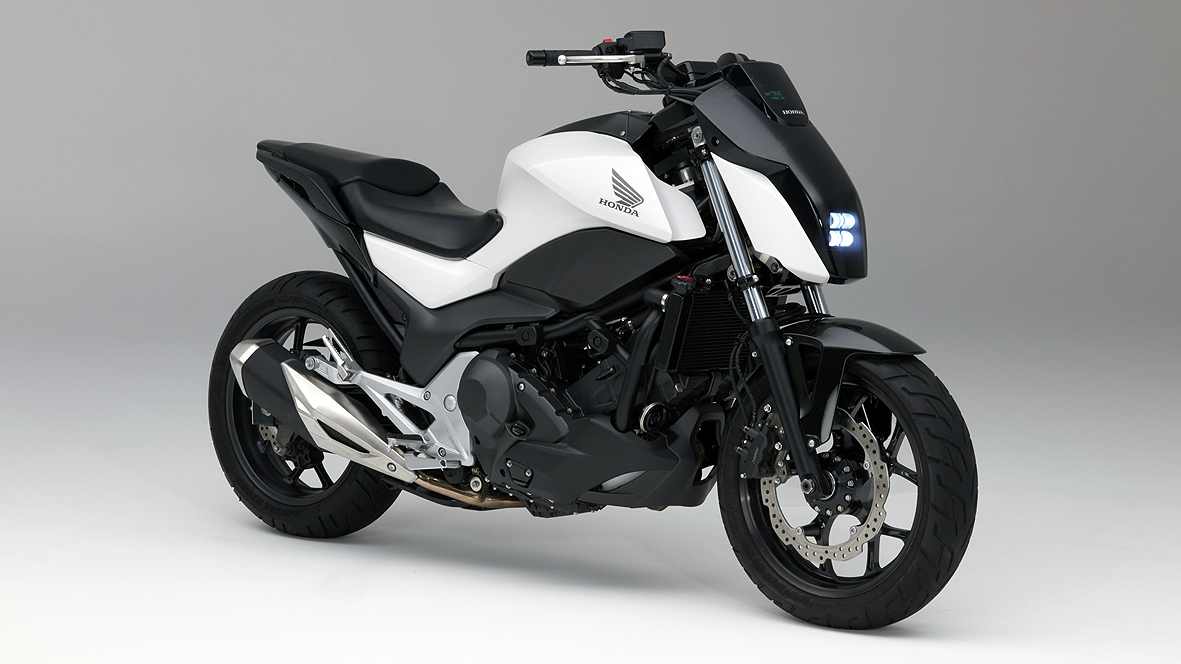
Tucked in a corner of the Honda stand was arguably one of the most impressive and practical pieces of tech the Japanese marque displayed this year: a self-balancing motorcycle.
The tech uses robotics rather than gyroscopes to alter the length of the front forks at low speeds, making bikes much easier to ride in slow traffic, without impacting performance when the throttle is wound on. For two-wheel lovers, that is very cool indeed.
Leon has been writing about automotive and consumer tech for longer than he cares to divulge. When he’s not testing the latest fitness wearable and action camera, he’s out in a shed fawning over his motorcycles or trying not to kill himself on a mountain bike/surfboard/other extreme thing. He's also a man who knows his tools, and he's provided much of T3's drills coverage over the years, all without injuring himself.
